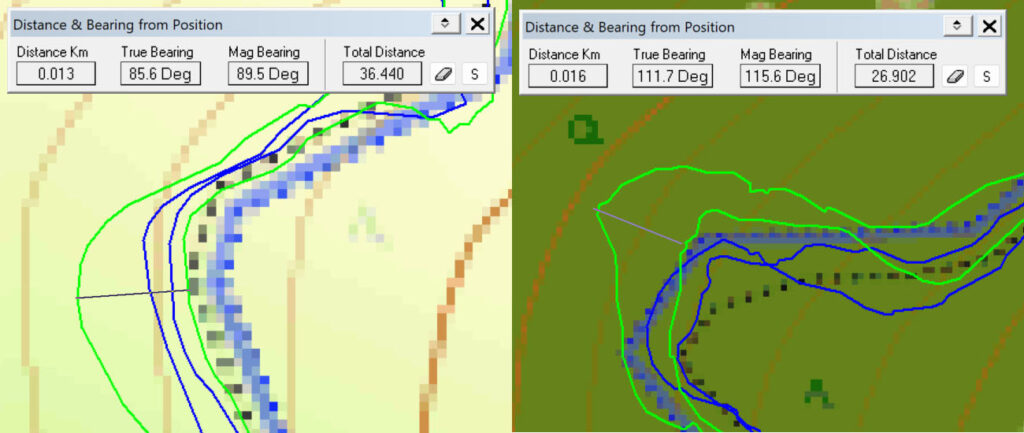I have both the eTrex SE (AG3335MN) and Solar (AG3335M) at the moment, which has the same chipset AG3335M used in the GPSMap 67. SE is not multi-band but the Solar is.
I ran a drifting test last night with the GPS indoor, but with reception.
Setup
- eTrex SE: multi-GNSS mode
- eTrex Solar: multi-GNSS and multi-band.
Results
- eTrex SE:
HAS drift issue, was 238 meters away after 8 hours over night.
- eTrex SE: does
NOT appear to have drift issue. Track points formed a nice circle around where it should be.
eTrex SE screenshot after test:
F3UF0146.png
F3UF0325.png
F3UF0909.png
eTrex Solar screenshots:
- As noted, the workaround is to simply turn off GPS
reception, and back on again.
Don't need to turn off the GPS. This can be done super fast on some devices. Unfortunately on the eTrex SE and Solar, this involved too many key press, which I think is a design flaw. (On other GPSMap it's a toggle on the satellite page, where it should be).
I verified the position on the SE snapped back to the correct position as soon as I switched from Demo mode back to Multi-GSSN.
There was another instance where the drifting problem showed up. When I had the SE a week or two ago, I left it running overnight inside the house to get an idea of battery usage, without starting any activity. The next day I took it out on a car ride to a location 20 minutes away, saved to an Activity. When I looked at the activity later on the computer (since the SE has no map and no reference of any kind), I was shocked to find the starting point being completely wrong, few streets away! It converged to the correct road after about few minutes on the highway.
I didn't know what to make of it initially, as the issue never came back in my testing. But after seeing your post, I realized it may have been the drift issue you mentioned.
@gpsjorgen, your theory is that the GPS maybe using accelerameter for dead-reckoning. Does the the SE even have this accelerameter? I feel like it's simply the GPS applying some delta on top of an existing position when satellite reception is poor. Somehow this formed a out of bound random walk that slowly drifted the position out of true location by a huge margin.
For the Solar, it's not clear if the reception is simply that good with multi-band, or if there are some algorithm or guardrails to prevent this type of random walk from getting out of hand. But seeing that it is fine on the Solar gives hopes that it is probably fixable on the 67.
For kicks, I ran the experiment on a 66s, which has the "Type M5 (3313)" chipset, with 2.90 GPS firmware (and 10.7 software).
GPSMap 66s:
While there were moments of gross error, and trip odometer said 12.9 miles, overall the random walk is much better centered around the correct position, and most importantly, it remained at the correct position after the 8+ hours.
I think someone at Garmin knows about this issue and understands what can be done. It's just that you and I have no practical way to actually reach the right people to discuss this with. There are just too many layers and layers of people in the middle that have no idea what we are talking about.

